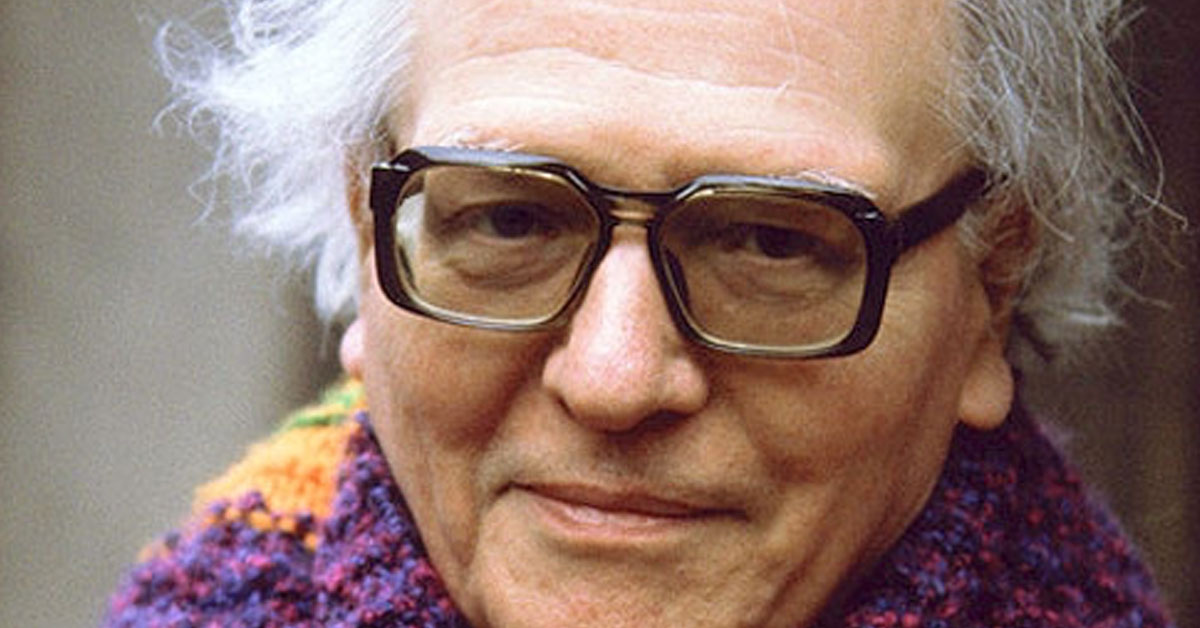Léonie Sonning Prize 2012
The Catalonian gamba player and conductor Jordi Savall received the Léonie Sonning Music Prize of 600,000 Danish kroner with a concert on 31 May 2012 at Trinity Church in Copenhagen. The prize concert was attended by Prince Henrik of Denmark and transmitted live on television via the Danish Broadcasting Corporation’s DRK channel. The concert was also broadcast live on the corporation’s P2 radio channel.
The prize was presented by the Léonie Sonning Music Foundation’s chairman, Steen Frederiksen, whose personal speech included the following words:
‘Music is the best way of communicating across borders, the best way people can make contact with one another when they don’t share one another’s language. Your ability to build bridges and connections between nations, cultures and peoples is one of your greatest qualities. Through your music you have preached mutual understanding and respect.’
citation
The Léonie Sonning Music Prize 2012 and 600,000 Danish kroner is presented to the gamba player and conductor Jordi Savall in recognition of his bringing of early European music back to life with imagination and passion, and for his tireless efforts to ensure the many music cultures around the Mediterranean can meet, thrive and remain in our consciousness.’
The Programme
The prize concert was in two parts. The first was a mixed programme with the title ‘East and West – Dialogue and Diversity in Mediterranean music’:
Castellón Invocation
Israel Kamti Beivshan Layla
France La quarte estampie royal
L’Occitane Pos de chantar
Bulgaria Taksim and dance
Morocco Dance of the wind
Turkey Makam Uzzäl Sakîl. Turna. Semâ’î
Jerusalem La Moldedet shuvi roni
Armenia Ene Sarére
Israel Shaar petach Dodi
Italy Saltarello
L’Occitane Mot era dous e plazens
Istanbul Üsküdar
Morocco/Israel Ghazali tal jàhri
Rhodes Durme, hermosa donzella (recorded version with Montserrat Figueras)
Greece Apo xeno meros
Participants
Ensemblet Hesperion XXI: Pascal Bertin (France), vocals; Lior Elmaleh (Israel), vocals; Haïg Sarikouyoumdjian (Armenia), duduk; Nedyalko Nedyalkov (Bulgaria), kaval; Hakan Güngör (Turkey), kanun; Driss El Maloumi (Morocco), oud; Dimitri Psonis (Greece), santur and moresca; Pedro Estevan (Spain), percussion. Jordi Savall (Catalonien) strings and musical director
After the prize ceremony, the second part of the concert was titled ‘Les Voix Humaines – in memory of Montserrat Figueras’
Karl Friederich Abel Arpeggiata
JS Bach Allemande
Marin Marais Le Voix Humaines
Sainte-Colombe le Fils Fantasie en Rondeau
Sainte-Colombe le Père Les Pleurs
JS Bach Bourrée II
Participants
Jordi Savall, viola da gamba
Les Voix Humaines – in memoriam Montserrat Figueras
Karl Friederich Abel Arpeggiata
J.S. Bach: Allemande
Marin Marais: Le Voix Humaines
Mr. De Saint-Colombe, le Fils: Fantasie en Rondeau
Mr. De Sainte-Colombe le Père: Les Pleurs
J. S. Bach (and improvisations): Bourrée II
Jordi Savall in Denmark
.The day before the prize concert Jordi Savall gave a master-class for three students at the Royal Danish Academy of Music in Copenhagen: Hanna Thiel and Israel Castillo (viola da gamba) and Magdalena Brostek (baroque cello)
The daily press wrote, among other things:
”It is impossible to live without peace, and we can only live with love and music.” There were big words in Jordi Savall’s speech of thanks on receiving the Sonning Prize and the 600,000 kroner that comes with it. But the words came after a concert that spoke volumes in its message of togetherness and peace across cultures and epochs. Hackneyed? Maybe. But Savall’s point hit home after the unusual experience of the concert’s first half, which included music from almost all of the ancient lands surrounding the Mediterranean, played by Savall’s orchestra Hesperion XXI on everything from a Greek chopping board to an Armenian-style oboe, from synagogue cantor to countertenor. Country by country, the qualities of these nine musicians and singers were laid out across forgotten music from each instrument’s land of provenance before they joined voices in a renaissance medley that ranged across all of them. It was, among other things, these arrangements that reminded one how tirelessly Savall has worked to bring old music to light by examining how it might have sounded, while also making contemporary connections between contrasting musical worlds – a kind of world music from history.
(Henrik Friis, Politiken, 2 June 2012)
On stage were two singers from France and Israel, who excelled with virtuosity and their pure, free voices. Savall sat humbly on the sidelines, supporting the melancholy solos with soft strokes of his viola da gamba. The climax came when the voice of Savall’s late wife Montserrat Figueras echoed over the sound system: a rippling, warm soprano voice that the musicians accompanied with silver bells and soft notes. Figueras died six months ago and should have participated in the prize concert. A four-part chorale completed the sequence, and no more beautiful tribute could have been made. With his signature red scarf around his neck, Savall and his bow brought to the church, above all, a simple, clear spirituality. “Music is the path to the highest spiritual level. It binds us together, even when we are no longer here,” said Savlal in his speech of thanks.
(Christine Christiansen, Jyllands-Posten)





